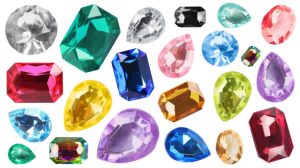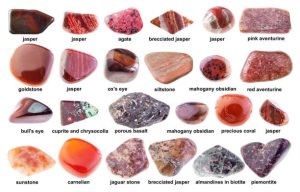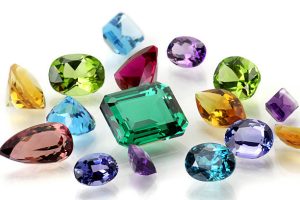Gemstones: Nature’s Precious Treasures

Gemstones are some of nature’s most captivating creations. These naturally occurring minerals, known for their beauty, durability, and rarity, have been cherished by civilizations for thousands of years. Whether set in jewellery or used in artistic decoration, gemstones hold immense cultural, economic, and symbolic significance. From sparkling diamonds to richly colored emeralds and sapphires, gemstones have fascinated humankind with their variety and allure.
What are Gemstones?
At their core, gemstones are minerals or rocks that have been cut, polished, and refined for use in decorative or ornamental applications, primarily in jewellery. A gemstone’s value is often determined by several key factors: rarity, color, clarity, cut, and carat weight. In addition to their intrinsic beauty, gemstones are often prized for their symbolic meanings and metaphysical properties.
While most gemstones are minerals with a crystalline structure, some, such as pearls and amber, are organic materials formed through biological processes. This makes the world of gemstones incredibly diverse, both in terms of physical properties and origin.
Types of Gemstones

Gemstones are classified into two broad categories: precious and semi-precious stones. This distinction is based primarily on rarity and historical significance.
Precious Gemstones
- Diamond: Known as the hardest natural substance on Earth, diamonds are revered for their brilliance and hardness. They are often associated with love, commitment, and status, making them the traditional choice for engagement rings.
- Ruby: Characterized by its deep red hue, rubies are one of the most coveted gemstones. They symbolize passion, vitality, and power.
- Sapphire: Typically blue, though they come in various colors, sapphires are symbols of wisdom and royalty. The term “sapphire” is derived from the Latin word sapphirus, meaning blue.
- Emerald: With a striking green color, emeralds have been adored since ancient times. They are said to represent rebirth and fertility.
Semi-Precious Gemstones
- Amethyst: Known for its rich purple color, amethyst is linked to peace and clarity of mind.
- Topaz: Often golden yellow or blue, topaz is associated with strength and healing.
- Garnet: Ranging from deep reds to vibrant greens, garnets are considered symbols of trust and friendship.
- Aquamarine: Pale blue in color, aquamarine is tied to tranquility and the sea.
How Are Gemstones Formed?

Gemstones are formed deep within the Earth’s crust over millions of years, subjected to extreme temperatures and pressures. The processes of gemstone formation are typically categorized into three types:
Igneous Formation: This process occurs when molten rock (magma) cools and solidifies. As the magma cools, various minerals crystallize to form gemstones such as diamonds and peridot.
Metamorphic Formation: Gemstones like sapphires and rubies are formed through metamorphic processes, where existing rocks are subjected to extreme heat and pressure, causing their mineral composition to change and crystallize.
Sedimentary Formation: This involves the layering of minerals within sedimentary rocks. Gemstones like opal and malachite are created as minerals are deposited in layers over time.
The 4 Cs of Gemstones
When evaluating gemstones, especially diamonds, professionals often refer to the “4 Cs” which influence the stone’s value:
Color: The color of a gemstone can dramatically affect its value. For some stones, like diamonds, the less color present, the more valuable they are. However, for others like emeralds, rich and vibrant color is highly desirable.
Clarity: This refers to the absence of internal flaws or inclusions in the gemstone. Gemstones with high clarity, meaning fewer inclusions, are considered more valuable.
Cut: The cut of a gemstone refers to how it has been shaped and faceted. A well-cut gemstone reflects light brilliantly, enhancing its sparkle and brilliance.
Carat Weight: Carat is a measure of a gemstone’s weight, and larger stones are typically more valuable than smaller ones, assuming all other factors are equal.
Historical and Cultural Significance

Throughout history, gemstones have held a prominent place in various cultures and traditions. They have been used as symbols of power, wealth, and status by ancient civilizations like the Egyptians, Greeks, and Romans. Many gemstones were also believed to have metaphysical properties. For instance, ancient Romans thought that diamonds were splinters of stars that had fallen to Earth.
